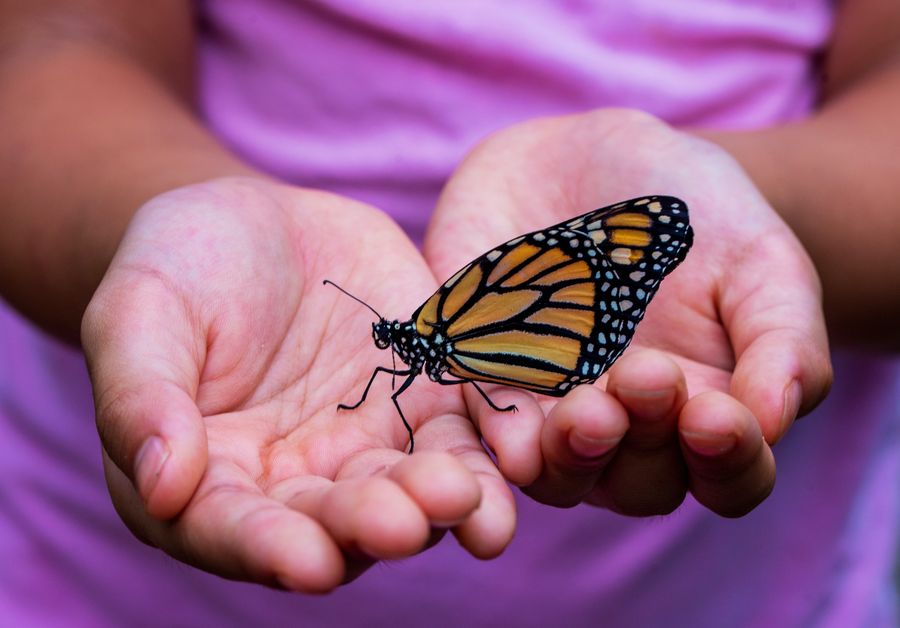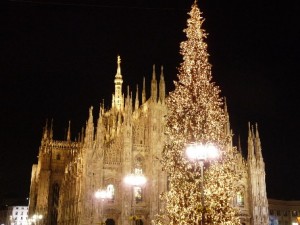Top 10 Facts about the Monarch Butterfly on your next adventure
It’s the feeling when you’ll know that spring is right around the corner. The days get longer, flowers have bloomed, and the days have never been more pleasant. However, if you’re a devoted fan of butterflies, there’s a phenomenon that only happens in spring, the great migration of the monarch butterflies.
Monarch butterflies migrate to a more acceptable climate, and it’s also dubbed as one of the most studied and most recognized species of butterfly. The migration is because of when the species travel back to their breeding grounds, as it’s also classified as one of the wonderful natural events in the world. Here are ten monarch butterfly facts that you need to know.
The start of a beautiful cycle
The life cycle of the monarch butterfly begins when the female species lays an egg. Every birthplace of a newborn is always on a makeshift housing with milkweed and some sticky material to put it together. The female monarch butterfly can lie up to 300 or even 500 eggs at a time.
The Monarch Butterfly is poisonous
The monarch butterfly’s poisonous trait is because of its diet, which is the milkweed plant. Since that plant is what the species consume regularly, the monarch evolved past it and became immune to a milkweed plant’s toxins. The species use this as their advantage against predators as they store all the toxins they’ve consumed in their bodies.
The species use the Sun for directions
This elegant species of butterflies use the sun’s presence for navigation. Aside from the species using the sun to stay in course, they also have a special element in their being that similarly functions as a compass that aids them in traveling to cloudy places. Moreover, the butterflies also have special genes that give them highly efficient muscles for long travels.
Protecting newborns with Milkweed
The female species of the monarch butterfly are the ones that lay eggs. To protect it against potential predators, the butterfly covers all the eggs with a sticky material while covering it all under the milkweed leaves. What makes it so effective is that milkweeds are naturally toxic, and the species have evolved past it making them immune to it except for the predators.
The vibrant colors to avoid predators
Monarch butterflies have vibrant colors on its body and wings; however, it doesn’t serve as a warning to people or other butterflies. It warns potential predators that they are not to be eaten as they are poisonous. From a predator’s perspective, eating a monarch butterfly would add complications if they are extremely toxic.
The big climate change threat
Monarch butterflies became a global significance regarding climate change. The monarch butterflies are very susceptible to an imbalance in weather and temperature conditions. Climate change affected the species’ biological processes, such as reproduction and migration. Additionally, unfavorable weather conditions have a big effect on their existence.
Different behavior for different days
The species’ behavior depends on the time of the season they completed their metamorphosis. Others that emerged in the early season of spring would immediately reproduce in a matter of days. However, the ones that are born late in the summer or fall would immediately realize that winter is coming and prioritizes the migration instead.
Monarch Butterflies are no longer found in South America
Monarch butterflies have two major groups. One of which is the western monarch butterfly, this group breeds in the west of the Rocky Mountains in Southern California. The other group of monarch butterflies is found on the east; they are the ones who go on a race through the Great Plains in Canada and central Mexico when winter is coming.
The males have a dot in the veins of its wings
Monarch butterflies have a clear dot on the veins of its wings. The mark is made because of various scales than their coloration. The males of similar species generate an aroma called the pheromone, and it’s how they attract females. The abdomen of monarch butterflies differ from male and female as the wings of the females are slightly wider than the males.
There are recognized subspecies of the Monarch Butterflies
For instance, the D. Plexippus Plexippus is a species of monarch butterflies that prioritizes migration. It can only be found in North America and the regions of the Caribbean. Moreover, the D. Plexippus Megalippe is a nonmigratory species that dwells in the Cayman Islands of the Caribbean.
Takeaway
It makes a person filled with sorrow, knowing that the monarch butterfly is the next candidate to go extinct. Fortunately, there are organizations such as the National Fish & Wildlife Foundations and the National Wildlife Federation that are doing their very best in preserving the species by growing plants, like the milkweed, to where the flutter of butterflies’ route when migrating. Hopefully, their efforts can help in ceasing the great possibility of extinction of these species.










